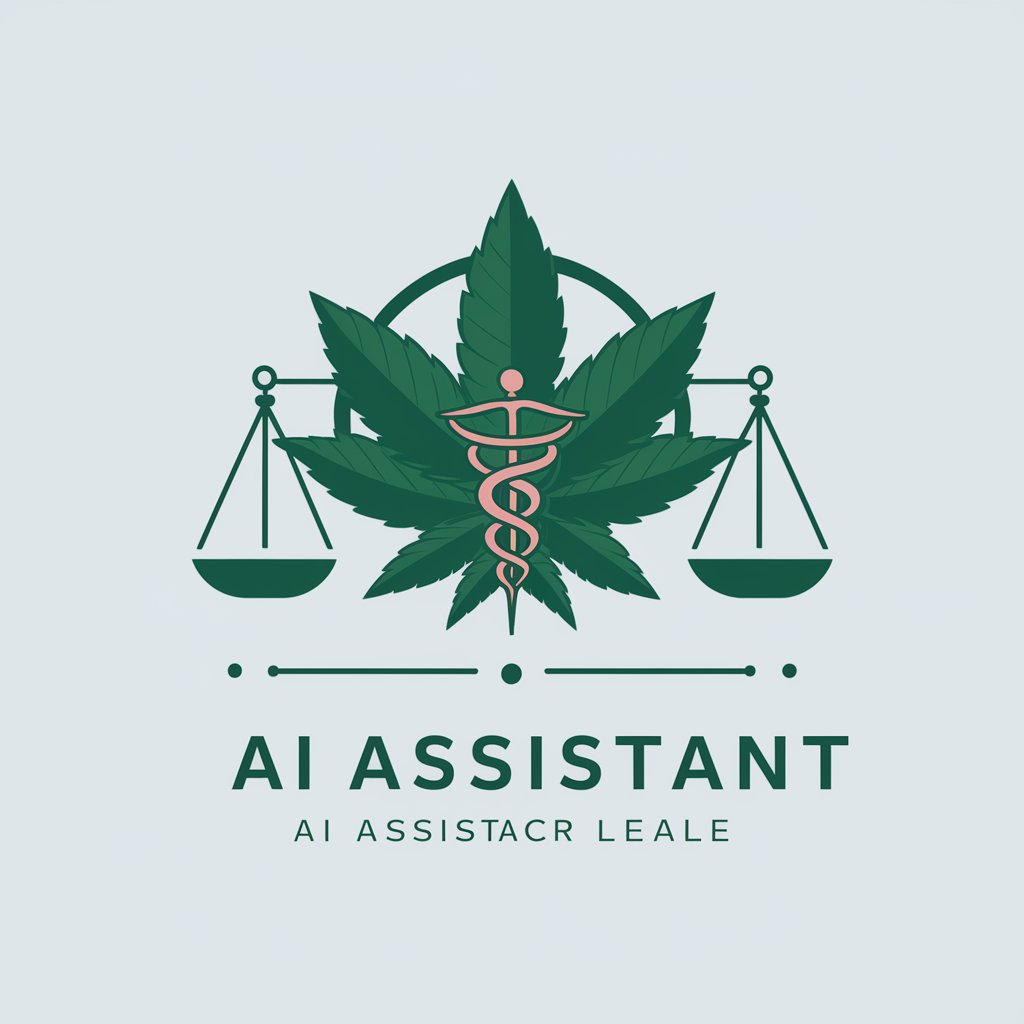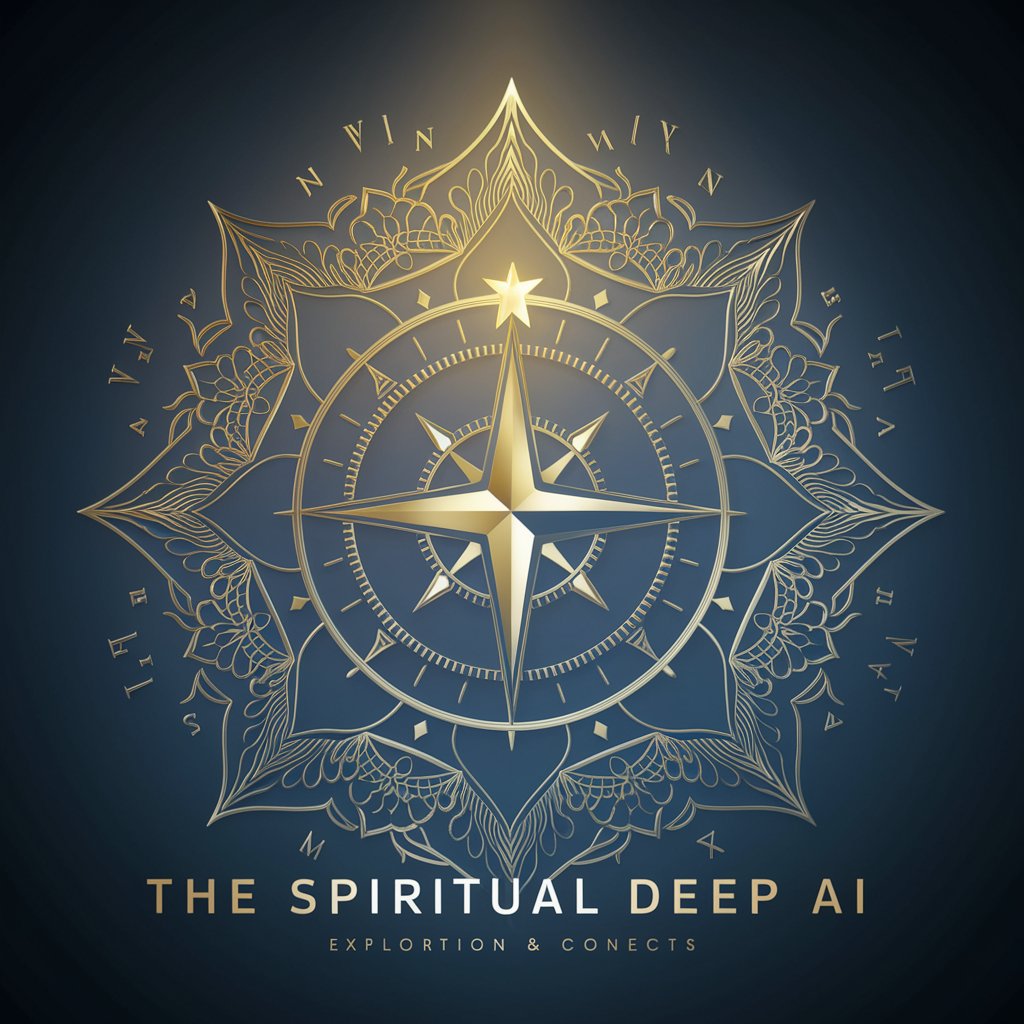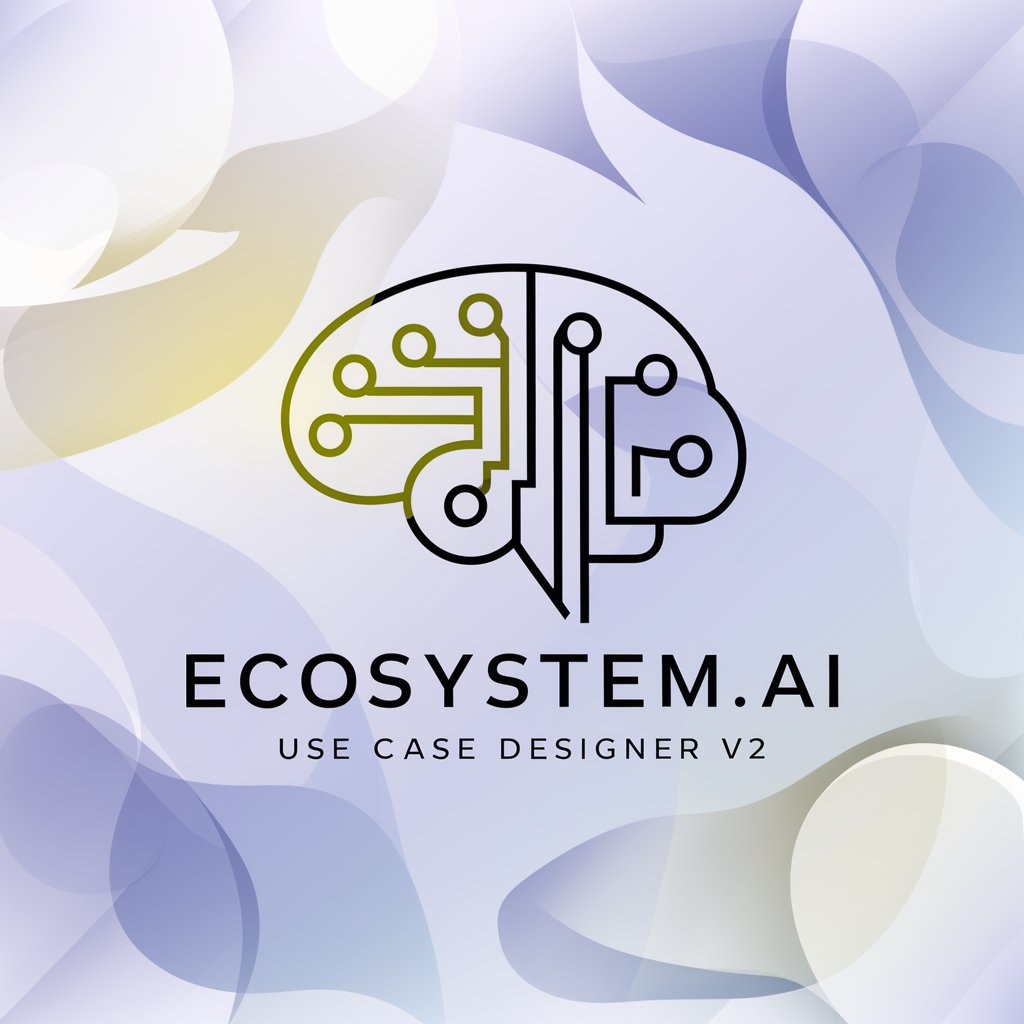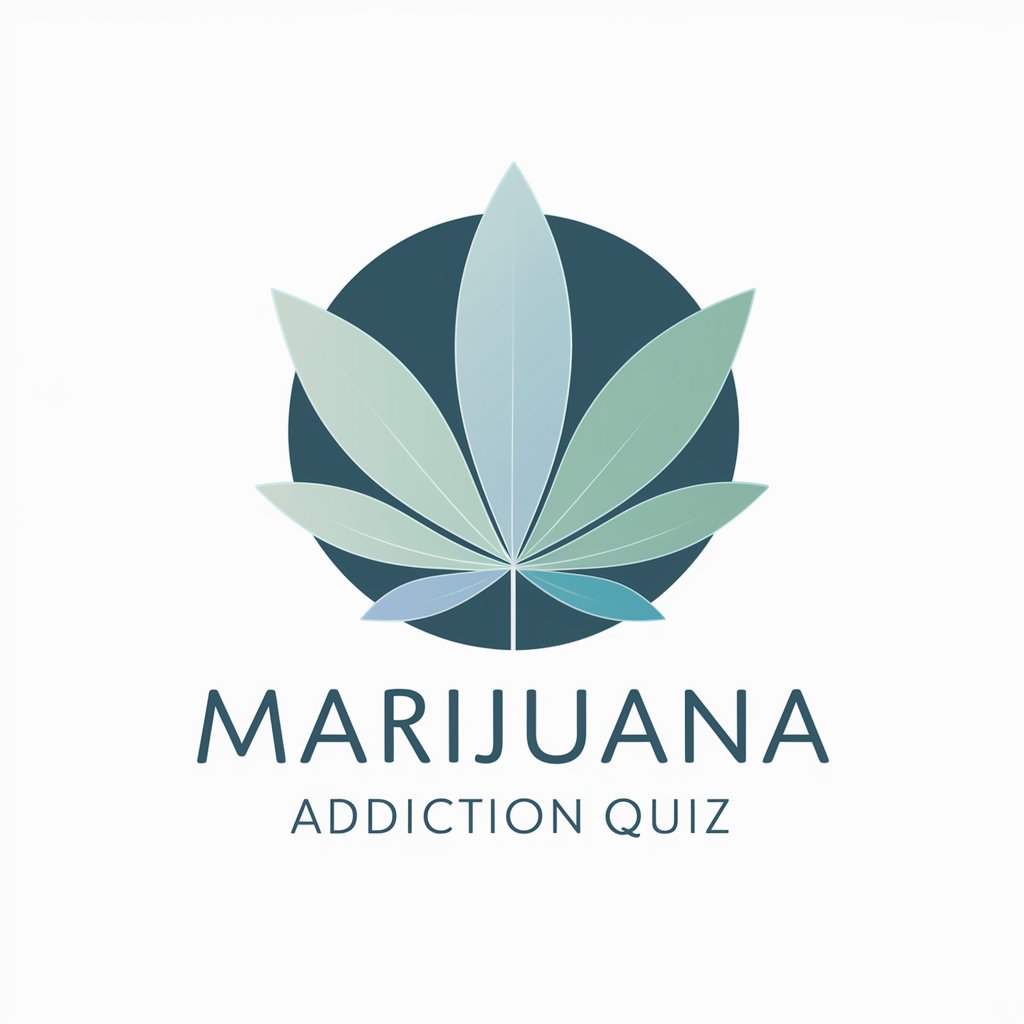
Marijuana - Insights on Marijuana Use

Welcome! I'm here to provide comprehensive information on marijuana. How can I assist you today?
Empowering Informed Cannabis Choices
Can you explain the medical benefits of marijuana for chronic pain?
What are the current legal statuses of marijuana in various states?
How does marijuana impact mental health according to recent studies?
Can you provide information on the risks and side effects of using marijuana?
Get Embed Code
Detailed Introduction to Marijuana
Marijuana, often referred to as cannabis, is a complex plant with over 100 different cannabinoids, the most well-known being tetrahydrocannabinol (THC) and cannabidiol (CBD). THC is the primary psychoactive component, responsible for the 'high' many users experience, while CBD is non-psychoactive and has been studied for its potential therapeutic effects. The plant's uses are multifaceted, ranging from recreational and medicinal to spiritual and industrial (hemp production). Medicinally, marijuana has been used to treat or alleviate symptoms of a variety of conditions, including chronic pain, glaucoma, insomnia, and more recently, in managing certain symptoms of multiple sclerosis and epilepsy. Recreationally, it is consumed for its psychoactive effects. Legally, marijuana's status varies globally, with some countries and regions legalizing or decriminalizing its use for medical, recreational, or both purposes. Powered by ChatGPT-4o。

Main Functions of Marijuana
Medicinal Use
Example
Patients with chronic pain utilizing cannabis-based products for pain relief.
Scenario
In regions where medicinal marijuana is legal, doctors may prescribe it to alleviate chronic pain, significantly improving the quality of life for patients suffering from conditions like arthritis or cancer.
Recreational Use
Example
Adults consuming marijuana for leisure, leading to relaxation and altered sensory perception.
Scenario
In areas where recreational use is legalized, individuals might use marijuana in social settings or privately to experience relaxation, euphoria, or enhanced sensory experiences.
Industrial Hemp Production
Example
Manufacturing of eco-friendly hemp-based products like textiles, bioplastics, and building materials.
Scenario
Hemp, a variety of the cannabis plant with low THC content, is cultivated for its fibers and seeds, used in creating sustainable products ranging from clothing to biofuels.
Research and Development
Example
Studies on the effects of CBD on epilepsy and anxiety disorders.
Scenario
Researchers investigate the therapeutic potentials of cannabinoids, leading to the development of pharmaceuticals like Epidiolex for treating certain types of epilepsy.
Ideal Users of Marijuana Services
Medical Patients
Individuals suffering from chronic pain, epilepsy, MS, cancer-related symptoms, and other conditions who could benefit from cannabis' pain-relieving, anti-inflammatory, and anti-emetic properties.
Recreational Consumers
Adults seeking relaxation, enhanced mood, or social lubrication in regions where recreational use is legal, valuing the psychoactive effects of THC.
Environmental and Industrial Advocates
Proponents of sustainable and eco-friendly products interested in the industrial applications of hemp for manufacturing a wide range of goods.
Researchers and Healthcare Professionals
Scientists and medical practitioners exploring the therapeutic benefits and potential of cannabis in treating various medical conditions, aiming to expand the body of knowledge and improve patient care.

Guidelines for Using Marijuana
Begin with Research
Start by visiting educational websites that offer comprehensive insights into marijuana usage without requiring a login or subscription. This initial step ensures you're informed about the basics and legal considerations.
Understand Your Needs
Identify your reasons for using marijuana, whether for medical purposes, relaxation, or creativity enhancement. Understanding your needs helps in choosing the right strain and consumption method.
Choose the Right Strain
Research different strains to find one that matches your desired effects. Indica strains are known for relaxation, Sativa for energizing effects, and hybrids offer a balance between the two.
Select Your Consumption Method
Decide how you want to consume marijuana. Options include smoking, vaping, edibles, tinctures, and topicals. Each method offers different experiences and onset times.
Start Low and Go Slow
Especially for new users, start with a low dose and wait to see its effects before consuming more. This approach helps mitigate potential discomfort and enhances your experience.
Try other advanced and practical GPTs
SpiritualDeep Oracle
Navigate Your Spiritual Journey with AI

ecosystem.Ai Use Case Designer v2
Empowering Decisions with AI

technical linguistic terms
Unveiling Language Complexity with AI

AIOS Incident Response Advisor
Empowering security teams with AI-driven insights.

Futurist Business Strategist
Navigating Futures with AI Insight

AGI Instructor Executor
Empowering your projects with AI guidance.

Pocket Recruiter
Elevate Your Job Search with AI

Ai Ethics Assistant 😎
Navigating AI Ethics, Simplified

Eldrin The Sage
Guiding Souls with AI-Powered Wisdom

Household Hero
Empowering your home with AI

Interaktive Prüfungsvorbereitung
Master Your Exams with AI

Cover Letter Crafter - Easy-to-Use Generator
Craft Your Professional Introduction with AI

Detailed Q&A About Marijuana
What are the medical benefits of marijuana?
Marijuana has been found to provide relief from various conditions, including chronic pain, nausea, and muscle spasms. It's also used to treat symptoms of multiple sclerosis, epilepsy, and glaucoma, among others. The cannabinoids in marijuana, such as THC and CBD, interact with the body's endocannabinoid system to produce these therapeutic effects.
Is marijuana legal everywhere?
The legality of marijuana varies by location. Some countries and states have legalized it for medical and recreational use, while others only permit medical use or have it completely banned. It's essential to check the current laws in your area before using marijuana.
Can marijuana be addictive?
While marijuana is less addictive than some other substances, it can lead to dependence, especially in heavy users. Symptoms of withdrawal can occur in those who stop using it after prolonged use. However, the risk of addiction is generally considered lower than for substances like alcohol or tobacco.
How does marijuana affect the brain?
Marijuana affects the brain by interacting with the endocannabinoid system, influencing mood, memory, and concentration. THC, the psychoactive component, can alter the perception of time, impair short-term memory, and, in some cases, cause anxiety or paranoia in high doses.
What are the risks of using marijuana?
Risks include impaired short-term memory, altered judgment, and coordination, potential for addiction, and increased risk of respiratory issues from smoking. Long-term use can affect brain development, particularly in those who start using it young. It's important to weigh these risks against potential benefits and use marijuana responsibly.





